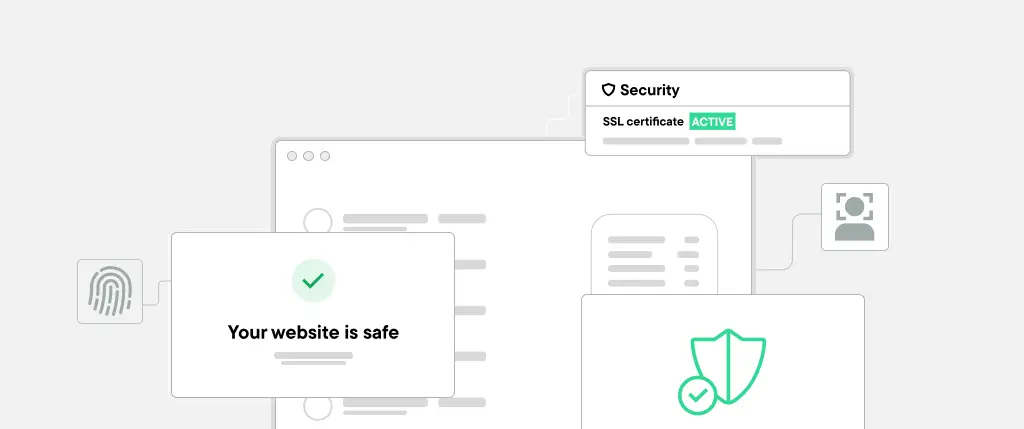When your agency goes digital, it means that you’re also going global.
While that doesn’t mean it’s possible to reach every user across the world, accessibility is a growing social governance concern for businesses: the act of making products or services available to everyone.
While English is widely spoken, it’s wrong to expect most people to understand your brand from existing in that language alone. It can jeopardise a site to limit the number of languages when over 80% of consumers are more likely to make a purchase in their native language.
Luckily, as worldwide connections build, so to do WordPress’ offerings to deliver the same great digital experience to a range of jurisdictions. Taking a site multilingual can be a make or break user experience (UX) decision as you grow services to a global scale.
What else can a multilingual site mean?
Compatibility is a huge concern for site-building. It is tough to ensure consistent functionality across one website in just one language, but there’s fruitful benefits to translating full sites (or just particular just assets, depending on resources) to expand user reach.
When insights pages, brand documents or even site navigation tools are made understandable to more speakers, it increases site traffic from more regions in the world that may require your services. This also works to enhance search engine optimisation (SEO) and helps gain your pages greater recognition by Google and other major search engines.
With one site being available in multiple languages, it becomes localised. This increases a visitor’s trust in the brand as well as being far more accessible to boost sales and convert users that were once out of reach.
WordPress’ translation power
It’s easy to see translation tools in action. Upon visiting a site built in a language different from your own, a translation toggle is a common widget available on the top navigation menu, or as a sidebar. After being switched it automatically translates whole pages and their components in a flash.
In WordPress, it’s optional to add a [language-switcher] shortcode to any area or element where this toggle switch can be displayed.
It sounds simple, but there’s of course a lot going on behind the scenes. Translating a website does not only cover the main text copy. There’s every form, CTA button, widget, static and dynamic image, etc. Luckily many WordPress plugins cover the bases for thousands of available languages, optimising SEO to index every translated page or using AI-powered translation suggestions to alleviate a lot of manual work, all while providing management tools for content editors, marketers and developers to work build and maintain multilingual sites together.
Elsewhere, WordPress multisite can help create new URLs for different language sites away from just browser settings, showing greater dedication to users from other countries.
Plugin examples
WordPress’ vast plugin library offers many multi-language extensions to integrate with existing systems, with some offerings as follows:
WordPress Multilingual (WPML)
An all-in-one translation tool for content, themes, plugins and more covering all post types and taxonomies, fully optimised for multilingual SEO.
Weglot
A cloud-based plugin able to automatically flag and update any translations for text, images or metadata, with integrated management tools and a dashboard to assist team workflows.
GTranslate
This plugin automatically connects to Google Translate API and lets search engines index translated content. It’s compatible with Yoast SEO to translate metadata and sitemaps, and auto-switches languages according to a visitor’s browser settings to open a site up to 99% of web users in over 100 languages.
Loco Translate
An in-browser editor for WordPress translation files for developers, allowing users to translate themes and plugins inside a dashboard, integrating with multiple language APIs including DeepL, Microsoft and Google.
MultilingualPress
This plugin allows users to run different language versions of a site from a WordPress multisite. It’s compatible with page builders such as Elementor or Beaver Builder, optimised for WooCommerce, and offers a single dashboard to manage translations simply.
Extra multi-language considerations
In hoping to provide a great site experience to every worldwide user – it’s impossible! Instead, homing in your target markets, areas of business, and two or three of their most prominent languages will still provide translations to a great many native speakers. If translating many iterations of a full site is not possible, selectively translating the most resonant brand material can still be beneficial.
WordPress’ range of options exist to suit the needs of agencies of any size looking to make their sites multilingual. With even one extra non-English translation equipped, it can prove invaluable to convert new users using the very same well-designed components while being the start to scaling business up to even greater global heights.




